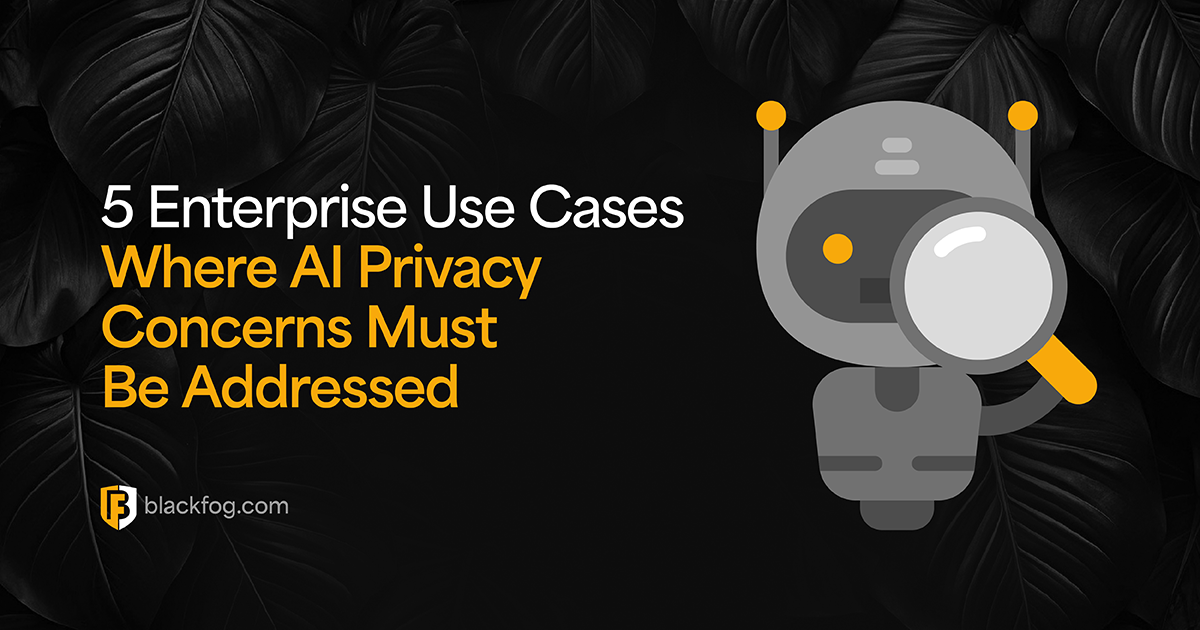
IDS vs IPS: What’s the Difference and Why Do You Need Both?
The impact of data breaches is growing all the time. In the first half of 2025 alone, more than 1.4 billion records were exposed across just 44 publicly disclosed data breaches. Meanwhile, government figures indicate nearly half of UK businesses (43 percent) reported experiencing a cybersecurity breach in the past year.
Emerging threats are increasingly capable of bypassing perimeter controls, so organizations urgently need systems that can detect intrusion attempts and block them before data is exfiltrated. This is where Intrusion Detection Systems (IDS) and Intrusion Prevention Systems (IPS) come in.
But while both play essential roles in protecting networks, they serve different purposes. So what should organizations understand when evaluating IDS vs IPS options? And what value does each bring to a layered cybersecurity strategy in a world where prevention alone is no longer enough? Here’s what firms need to know.

What Is IDS?
IDS is a security tool that monitors network traffic for suspicious activity or policy violations. Unlike firewalls, which block unauthorized access, an IDS is designed to detect and alert on potential threats without taking direct action. It typically does this by analyzing data in real-time, either comparing it against known attack signatures or behavioral data. When unusual activity is flagged, it generates alerts for further investigation by cybersecurity response teams. IDS tools are often placed at key network entry points and are critical for early threat visibility and forensics in a layered security framework.
What Is IPS?
IPS, meanwhile, is an active security solution that monitors network traffic and automatically blocks threats as they are detected. Like an IDS, it scans for known signatures and unusual patterns, but it goes further by taking immediate action to prevent potential damage. The main purpose of IPS is to stop intrusions before they reach their target, making them a critical layer in proactive cybersecurity strategies by preventing hackers from gaining access to sensitive data.
IDS vs IPS: Key Differences
IDS and IPS tools are often grouped together, but they serve distinct roles within a cybersecurity architecture. Understanding how they differ is key to deploying them effectively and avoiding gaps in coverage or unintended disruptions. Below are the core differences that define each system:
- Response type: While an IDS passively monitors for suspicious activity and raises alerts, an IPS goes a step further by taking immediate action to block or contain threats.
- Network placement: IDS is usually installed alongside the network to monitor traffic as it passes through, without being directly involved in the flow. IPS, by contrast, is placed directly in the path of network traffic, allowing it to actively intercept and block malicious activity in real-time.
- Impact on performance: Because IDS solutions do not interfere with traffic, they pose minimal risk to business operations. IPS systems, however, must be finely tuned to avoid mistakenly blocking legitimate activity or introducing latency.
- Primary use case: For visibility, compliance and threat analysis, IDS offers strong monitoring and insight. IPS is more focused on active prevention, stopping known threats before they reach their target.
- Resource demands: Implementing an IDS generally requires fewer resources and less processing power. IPS, on the other hand, demands more infrastructure and regular maintenance to remain effective and accurate.
In short, IDS is a passive monitoring tool that provides alerts to increase threat visibility, while IPS is an active defense mechanism that takes action to enforce security policies in real-time. Both serve distinct but complementary roles within a layered cybersecurity strategy.
The Benefits of IDS and IPS in Combination
No single tool can offer complete protection against today’s complex threat landscape. That is why the most effective cybersecurity strategies use both IDS and IPS as part of a layered defense.
While IPS can block known threats automatically, IDS offers broader visibility across the network and is better at detecting nuanced or evolving threats that might not trigger immediate action. By using IDS and IPS in tandem, businesses improve both their response speed and their ability to detect subtle or stealthy intrusion attempts. Used together, these solutions can:
- Detect and stop intrusions at different stages of an attack.
- Provide alerts for suspicious behavior that IPS might miss or choose not to block.
- Reduce false positives by combining active prevention with human review.
- Support incident response by offering real-time defense alongside historical insight.
- Allow greater flexibility in tuning thresholds based on risk level and business context.
Enhancing IDS and IPS with AI and Machine Learning
As cyberthreats grow more advanced, traditional rule-based systems alone are no longer enough. However, AI and machine learning technologies can significantly improve the effectiveness of both IDS and IPS solutions. These tools can analyze vast amounts of traffic data in real-time, adapt to new threat patterns and reduce false positives through intelligent filtering.
Deep machine learning models learn from past incidents to identify subtle anomalies, while AI-enhanced systems can automate decision making and correlate alerts across platforms. Together, they enable faster, more accurate detection and response, which is critical in spotting early signs of data exfiltration or sophisticated attack chains.
The Need for a Layered Security Strategy
Effective cybersecurity relies on a defense-in-depth model that protects every layer of the environment. That includes tools to block infiltration through both wired and wireless networks, continuous monitoring systems to detect lateral movement and unusual behavior, and endpoint level anti data exfiltration protections to stop breaches before any unauthorized data leaves the organization.
No single solution is sufficient on its own. IDS and IPS must operate as part of a wider ecosystem that integrates detection, prevention and response. When combined with smart technologies and unified workflows, this layered approach gives businesses the resilience needed to stay secure in a challenging threat landscape.
Share This Story, Choose Your Platform!
Related Posts
The State of Ransomware 2025
BlackFog's state of ransomware report 2025 measures publicly disclosed and non-disclosed attacks globally.
AI Data Exfiltration: The Next Frontier Of Cybercrime
How are cybercriminals using AI data exfiltration to enhance their ransomware attacks and what must businesses do to counter these threats?
5 Enterprise Use Cases Where AI Privacy Concerns Must Be Addressed
AI privacy concerns are rising with AI adoption - five use cases highlight the key issues businesses must consider.
What AI Management Really Means For The Enterprise
Ongoing AI management is essential in maintaining compliance in a challenging environment. Here's what businesses need to consider.
AI Security Risks Every Business Must Know About
AI Security Risks are growing as AI embeds in business. What key threats must firms address to stay compliant with data regulations?
Who’s Really In Charge? Why AI Governance Is Now A Business Imperative
Find out why a strong AI governance program will be essential if enterprises are to make the best use of the highly in-demand technology.






